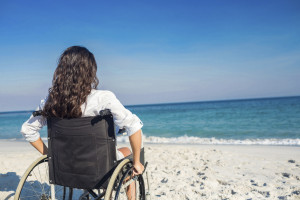I have been getting a few calls recently from people who still have the Depuy ASR hip implanted in one or both hips. They are asking the right questions: Are the metal levels in my blood too high? How will metallosis affect my long-term health? Will the component slip on me now and cause all kinds of new pain? Should I schedule surgery and have the Depuy ASR components removed? Plainly, these are questions for a doctor, not a lawyer. I can’t answer any questions specific to your health. Eventually, however, these callers ask an intriguing question: I have the Depuy ASR hip implanted in my body and I have not yet scheduled revision surgery: Do I have a valid claim against Depuy and Johnson & Johnson? It’s a good question.
People with Depuy ASR hip components implanted in their bodies who did not undergo revision surgery did not “qualify” for the two settlements that have been reached in the Depuy ASR multidistrict litigation (DePuy Orthopaedics, Inc., ASR Hip Implant Products Liability Litigation, MDL 2197). But this does not mean they are not injured or that they do not have a valid claim. All it means is that they did not qualify to participate in the settlement based on the timelines in the settlement agreements. Let’s take a step back.
 North Carolina Product Liability Lawyer Blog
North Carolina Product Liability Lawyer Blog










